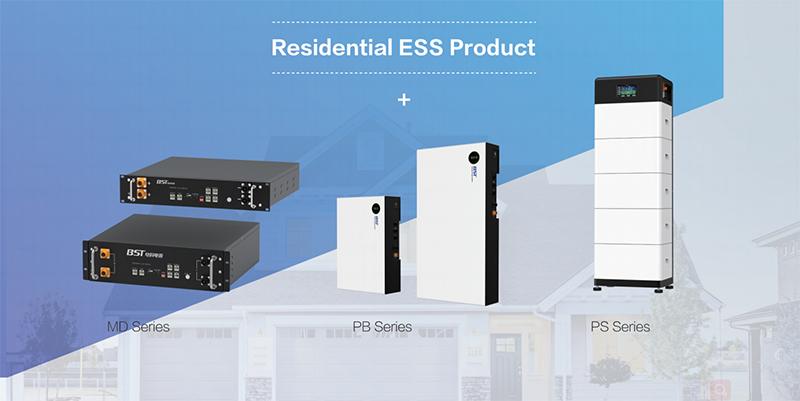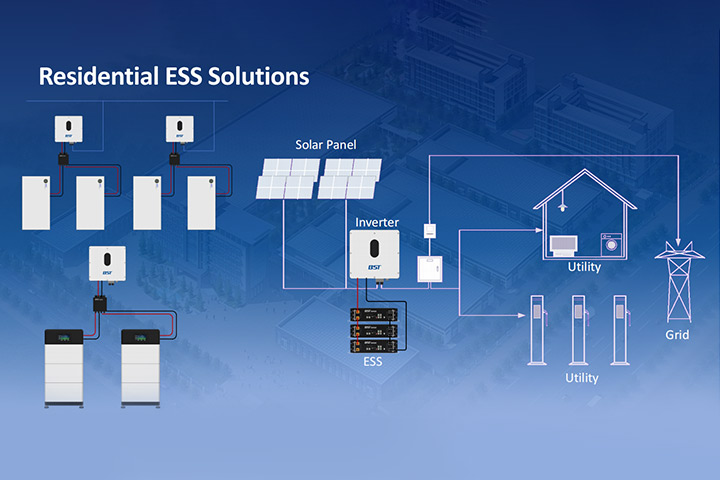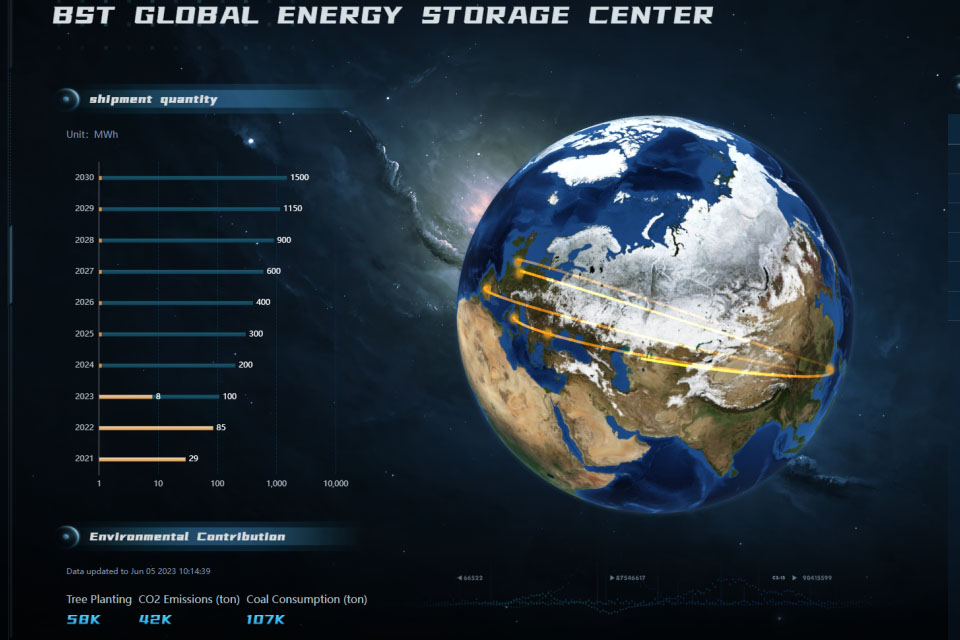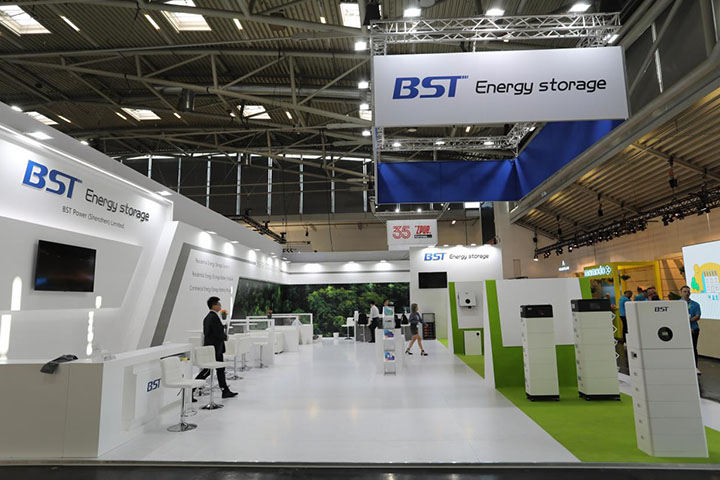Introduction
As the demand for renewable energy and energy independence grows, home energy storage batteries have emerged as a vital solution. These batteries store excess energy generated from solar panels or the grid, providing households with backup power during outages, reducing energy costs, and enabling better management of electricity usage. However, to fully benefit from a home energy storage system, customers must understand key aspects of installation and maintenance. By addressing these factors, users can optimize performance, ensure longevity, and make informed decisions before purchasing a storage system.
Home Energy Storage Battery Installation Guide
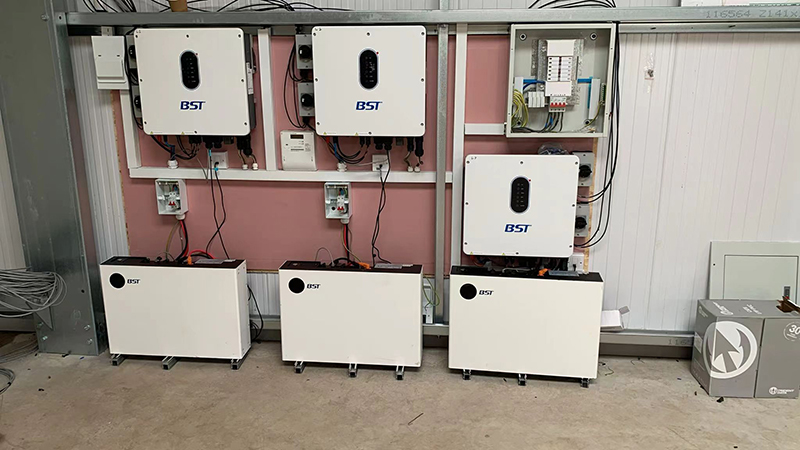
1. Preparation Before Installation
Before installing a home energy storage battery, careful preparation is crucial. Several factors must be evaluated to ensure the system meets the household’s needs.
- Assessing Energy Consumption
The first step in selecting a home energy storage system is determining the household’s energy requirements. It is essential to calculate the daily energy consumption of appliances that need to be powered during grid outages or peak hours. This includes high-consumption appliances like air conditioning, refrigerators, or heating systems. Understanding this will help in selecting a battery with sufficient storage capacity to meet these demands. - Selecting the Right Battery Capacity and Type
Energy storage batteries come in various capacities, and selecting the right one is critical to maximizing performance. There are two main types of batteries for home energy storage:- High-voltage batteries are ideal for larger homes or when powering multiple appliances simultaneously.
- Low-voltage batteries are more suitable for smaller households with modest power needs.
Each battery type has its advantages in terms of installation requirements, capacity, and efficiency. It is essential to work with an experienced supplier to choose the best option for your home.
- Choosing the Installation Location
The installation site plays a significant role in the performance and safety of a home energy storage system. Generally, the battery should be installed in a cool, dry location that is free from dust and moisture. Many systems are designed for indoor installation, but outdoor installations are possible if the battery is appropriately weatherproofed. Additionally, ensure the chosen location has adequate ventilation and space for future maintenance.
2. Installation Process
Once the preparation steps are complete, the installation process can begin. Proper installation is crucial to ensure safety and maximize system efficiency.
- Connecting to the Solar System or Grid
One of the first steps in the installation process is connecting the battery to a solar panel system (if available) or directly to the electrical grid. In solar-powered homes, the energy storage system stores the excess energy generated by the solar panels during the day for use at night or during periods of high demand. For grid-connected homes, the battery can store energy during off-peak hours when electricity is cheaper and discharge it during peak hours when electricity prices are higher. - Wiring and Electrical Setup
Proper wiring is essential to ensure the correct transfer of power from the battery to the home’s electrical system. The installation must include safe connections between the battery, inverter, charge controller, and other electrical components. An inverter converts the stored DC (direct current) energy from the battery into AC (alternating current) power, which is used by most household appliances. - Safety Considerations
Installing a home energy storage system requires strict adherence to electrical safety standards. The battery and other components must be properly grounded, and the installation area should be clear of combustible materials. It is crucial to follow local electrical codes and regulations to prevent any electrical hazards or safety issues.
3. Post-Installation Testing and Configuration
After the installation is complete, it’s time for a thorough inspection and configuration.
- System Check and Verification
Before powering up the system, it is important to ensure that all connections are secure and that no loose wires or faulty connections are present. Electrical tests should be performed to ensure that the battery is charging and discharging correctly. - Configuring Monitoring and Control Systems
Many home energy storage systems come with monitoring software that allows homeowners to track energy consumption, battery status, and performance remotely. These systems can be controlled via mobile apps or web interfaces, providing real-time updates. It’s important to set up these monitoring tools to keep track of system health and optimize performance over time. - Initial Charge and Discharge Test
Once the system is connected, an initial charge and discharge test should be performed to ensure everything functions correctly. During this test, the battery is charged to full capacity and then discharged to see if it holds the charge properly. Any irregularities during this process may indicate issues with the installation or the system itself.
Routine Maintenance of Home Energy Storage Batteries
1. Regular Inspection and Cleaning
For long-lasting performance, homeowners should perform routine maintenance and checks on their energy storage systems.
- Battery Health Monitoring
Checking the battery’s status regularly helps identify potential issues before they become serious. Many systems have built-in diagnostic tools that can alert users to problems like low battery charge, overheating, or system faults. - Cleaning and Maintaining the Environment
The battery and its surrounding area should be kept clean and free from dust or debris, which could affect the system’s performance. Over time, dust buildup can cause overheating or interference with electrical connections. - Temperature Control
Battery performance can be significantly affected by temperature. Excessive heat can cause the battery to degrade faster, while extremely cold temperatures can reduce its ability to charge and discharge efficiently. Monitoring the battery’s temperature ensures it operates within the optimal range for maximum lifespan.
2. Battery Charge and Discharge Management
Proper management of the battery’s charge and discharge cycles is essential for extending its lifespan and maintaining efficiency.
- Avoiding Deep Discharge
Batteries should not be discharged to the point of complete depletion, as this can significantly shorten their lifespan. Instead, it’s recommended to discharge the battery to no lower than 20% of its capacity. - Optimizing Charging Strategies
Charging the battery fully and regularly helps maintain its health. However, avoid overcharging, which can cause damage. Many modern systems come with built-in protections to prevent overcharging, but it’s still important to follow the manufacturer’s recommendations for optimal charging.
3. Troubleshooting and Repairs
Even the best home energy storage systems can experience occasional issues. It’s important to know how to troubleshoot common problems:
- Battery Capacity Loss
As batteries age, they may lose some of their storage capacity. If you notice a significant reduction in available power, it could be a sign of wear. Regularly monitoring the battery’s performance can help identify this early. - Charging or Power Transfer Problems
Issues with charging or power delivery are usually caused by faulty wiring, malfunctioning inverters, or controller issues. In such cases, a professional technician should be called to diagnose and fix the problem. - Error Codes
Most systems have built-in error codes or notifications to alert users of faults. If the system displays any error codes, consult the user manual or contact customer support for guidance.
Long-Term Care and Usage Tips
1. Optimizing Battery Usage
Efficient energy management can help you maximize savings and performance:
- Intelligent Energy Management
Using an intelligent energy management system helps schedule charging and discharging to coincide with times when electricity is cheapest or most needed. This can result in significant savings, particularly in regions with high electricity rates. - Peak Shaving
Energy storage systems can be used to “shave” peak electricity demand by storing energy during low-demand times and using it during high-demand periods. This can help lower electricity bills and reduce the strain on the grid.
2. Extending Battery Life
Maintaining the system properly can help extend the battery’s life:
- Regular Usage
Battery cells that are not used regularly can degrade faster. It is advisable to use the battery at least once a month to maintain its health. - Optimal Operating Temperature
Ensure the battery operates within the manufacturer’s recommended temperature range to avoid excessive wear and tear. - Software and Firmware Updates
Keep the system updated with the latest software and firmware to ensure smooth operation and to benefit from improved features and optimizations.
3. Safety Precautions
Safety is paramount when dealing with energy storage systems.
- Preventing Overcharging and Short Circuits
Ensure that your system is protected against overcharging and short circuits by using built-in safety features and following installation guidelines. - Compliance with Safety Standards
Ensure that your system meets national and local safety standards to minimize the risk of electrical accidents.
Conclusion & BST’s After-Sales Advantages
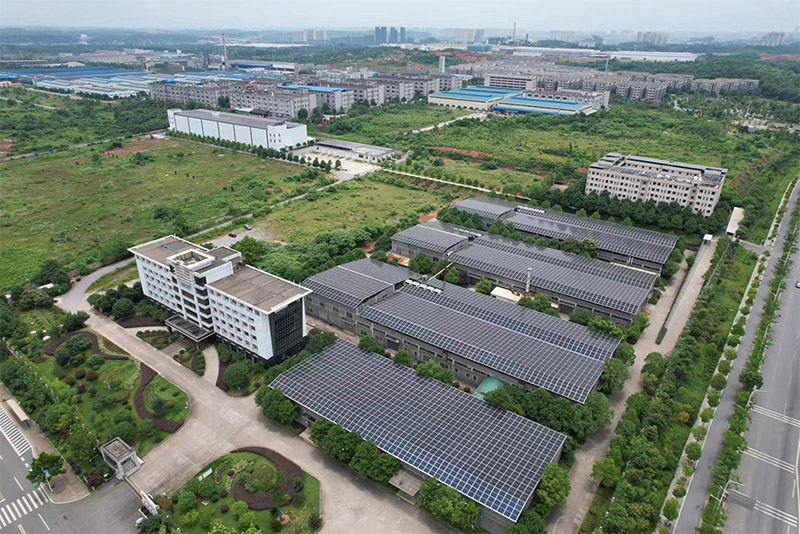
Choosing a reliable energy storage system is critical for both efficiency and long-term use. BST Power, a global leader in home energy storage solutions, offers innovative, high-performance battery systems designed for households seeking greater energy independence.
Why Choose BST Power?
- Over 22 Years of Expertise – With over two decades in the industry, BST has established itself as a trusted name in energy storage, known for delivering cutting-edge, sustainable solutions.
- Superior Technology – BST’s products utilize advanced lithium iron phosphate (LiFePO4) technology, ensuring high safety, longevity, and performance.
- Comprehensive After-Sales Service – BST offers exceptional after-sales support, including:
- 24/7 Customer Support – Our dedicated team is always available to assist with installation, troubleshooting, and maintenance.
- Global Service Network – With service centers worldwide, BST ensures prompt response times for repairs and technical support.
- Extended Warranty Options – BST provides extended warranties to guarantee the longevity and reliability of its systems.
With BST Power, homeowners can feel confident that their energy storage system will provide reliable, efficient performance backed by exceptional customer service. Whether installing a new system or maintaining an existing one, BST ensures that your energy needs are met with the highest level of expertise and support.
